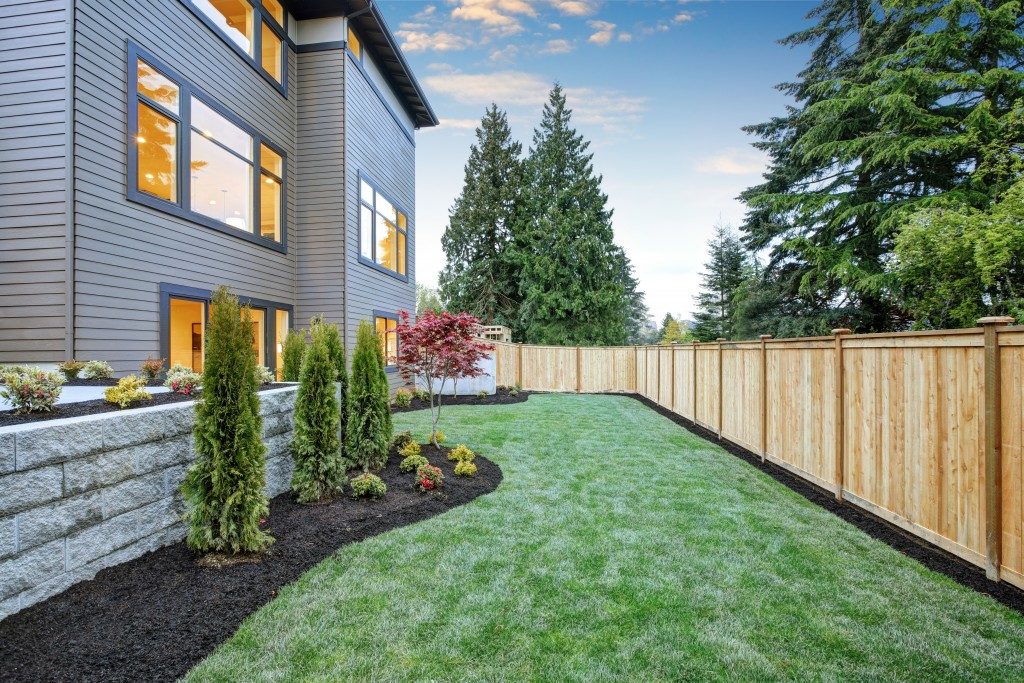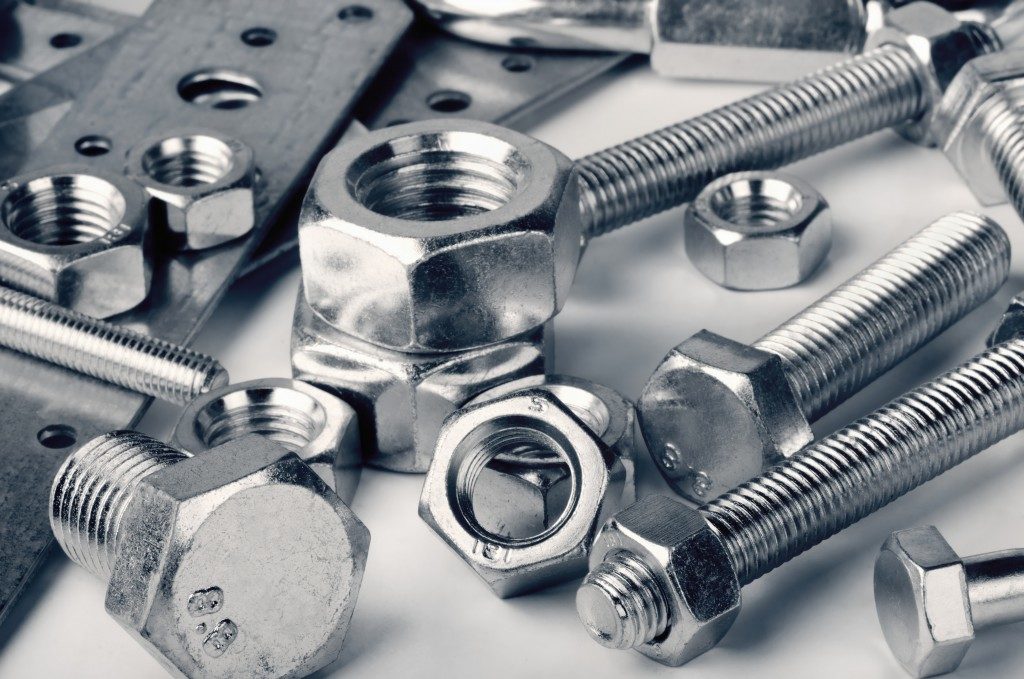 Although you some control over the humidity, temperature, and the overall environment inside your abode, face it—you have little to no control over the environment outside your home. This is why regularexterior home maintenance is so vital. Aside from preventing issues and preserving your home’s value, it also helps ensure your family’s safety. With that said, here are some practical exterior home maintenance tasks to keep in mind.
Although you some control over the humidity, temperature, and the overall environment inside your abode, face it—you have little to no control over the environment outside your home. This is why regularexterior home maintenance is so vital. Aside from preventing issues and preserving your home’s value, it also helps ensure your family’s safety. With that said, here are some practical exterior home maintenance tasks to keep in mind.
Clean Your Gutters
When debris builds up in your gutters, water could easily back up and go directly to your home’s siding and potentially lead to flooding in your basement. Water could likewise seep under shingles and eaves, resulting in damage to your ceiling, exterior paint, rot, mold, and moisture-loving pests. So clean your gutters at least twice yearly, once during the spring and once during the fall.
Reinforce Your Asphalt Driveway
You need to protect your blacktop from damage caused by the rain, sun, and chemicals leaking from your vehicles. You could apply a sealant by yourself, but make sure to clean the blacktop thoroughly first, allow it to dry fully, and then apply the sealer, suggests an experienced asphalt maintenance and repair expert in Utah. Do this every other year when the weather is super hot, and there’s no chance of rain.

Paint and Seal Outdoor Structures
If you have unpainted exterior wooden structures, treat it every other year with a wood-preserving stain or sealer and make sure to recoat painted structures at least every three years with superior quality paint. Don’t worry; the extra cost of high-quality paint means less maintenance on your part.
Inspect Your Irrigation System
Do a thorough inspection of your irrigation system during the spring to see if any misdirected or damaged heads need repair. Check for puddles that might indicate a leak and dry areas that might mean a kink in your supply line or a blocked pipe.
Inspect Around the Foundation
Plants that are placed too near your home might scrape the paint, offer easy access to bugs wanting to go inside your home, and bring moisture to your siding so make sure that there’s always a 3-foot separation between your house and your plants. You should also ensure that there’s no mulch or soil within three inches of your siding, especially if it’s made of untreated wood since this would give wood-loving pests easy and concealed access to your home. To make sure that rainwater doesn’t pool around your foundation, see if the soil is sufficiently sloped away from your home. Make sure to fill divots, including those close to your gutter outlets because this is where water usually puddles.
Make sure to do these outdoor preventive maintenance tasks on a regular basis so you could prevent smaller issues from becoming major ones that would require more extensive and costly repairs. Staying on top of your outdoor maintenance tasks could likewise help ensure the safety of your family and help retain the value of your home for longer.


